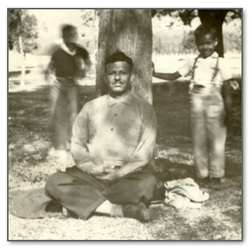“In life the only important thing is the radical, total and definitive change; the rest, frankly is of no importance. Meditation results fundamentally when we sincerely want such change. In no way do we wish the non-transcendent, superficial and vain meditation.”
Samael Aun Weor

